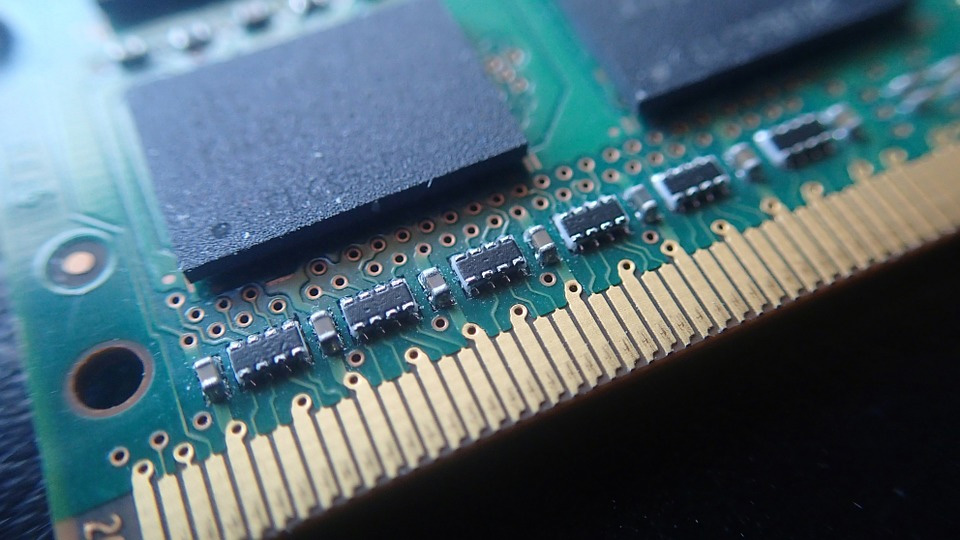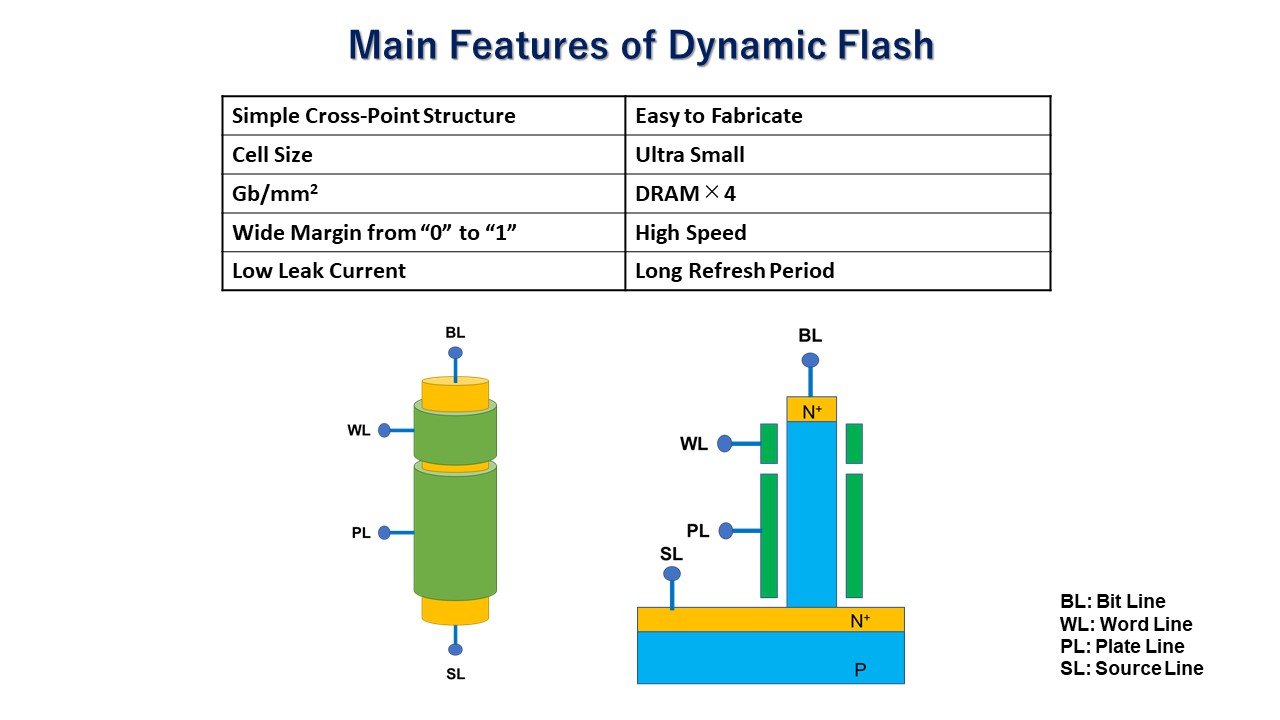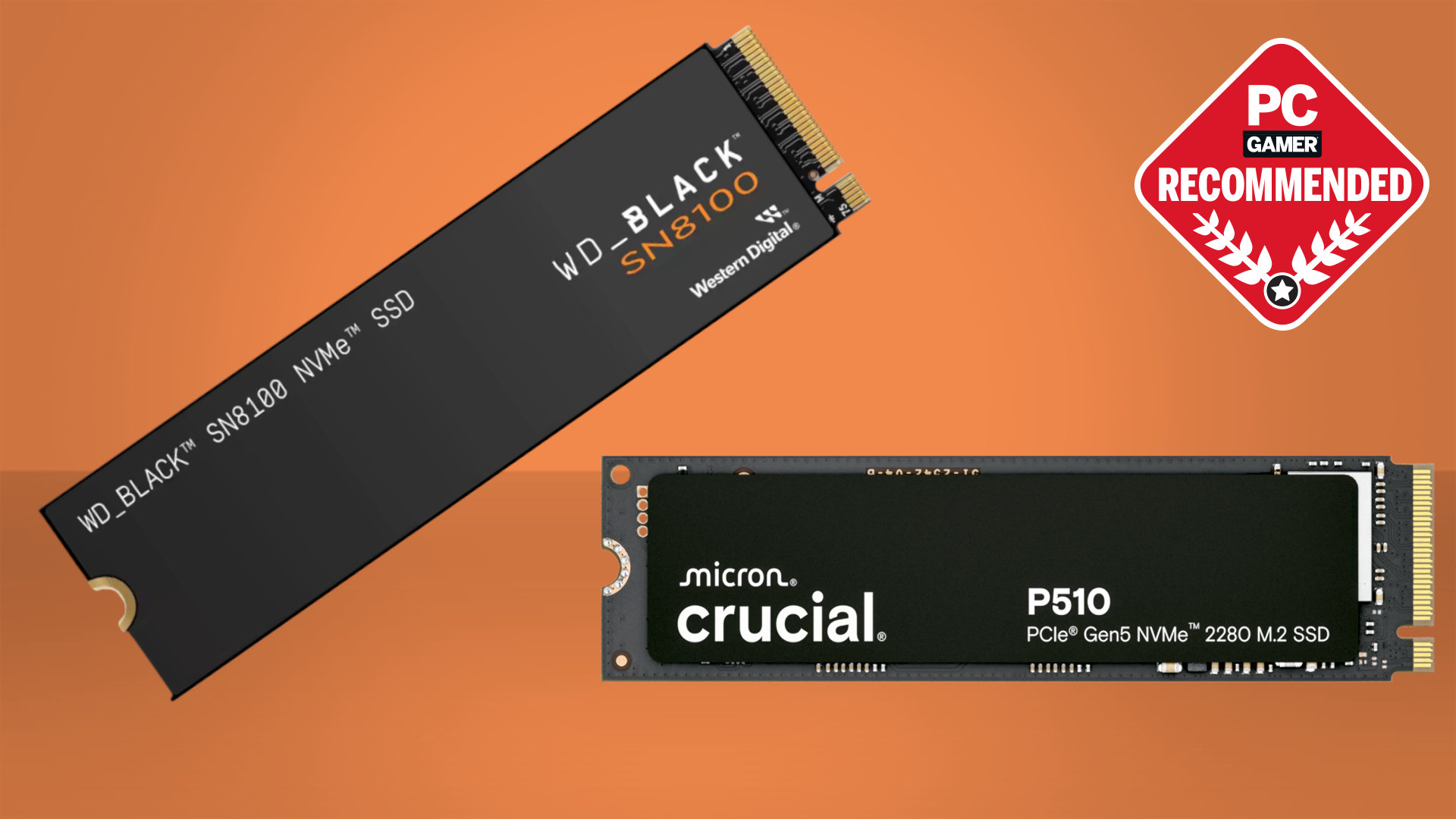The creator of NAND has a brave new idea for your gaming PC's RAM
The company set up by the inventor of NAND puts forward a real alternative to DRAM.

Dr Fujio Masuoka is best known as the inventor of NAND, but if Dynamic Flash Memory pans out the way his company hopes, he could also be known as the progenitor of the replacement for DRAM too.
A paper presented at the 13th IEEE International Memory Workshop on May 18th set out the promise of Dynamic Flash Memory (DFM) using Surround Gate Transistor (SGT) technology. This theoretical new memory type is similar to NAND Flash but offers higher densities compared to Dynamic RAM.

In case you're not down with the gossip in the memory landscape, it has long been accepted that the future of DRAM is looking bleak. There are plenty of technologies lining up to replace the relatively inefficient memory we build our PCs around. The problem is, most of these alternatives are very expensive, especially when compared to DRAM.
Like DRAM, this new DFM technology still involves the leaking of electrical charge, although it does so at a much slower rate, and thus does require as much power. It also isn't destructive when it comes to read cycles, unlike DRAM, which needs to write back the state of the memory cell when its contents is read.
This means fewer refreshes are needed in total, potentially leading to a higher bandwidth for reading and writing. On top of that DFM uses a block-based structure, which should equate to faster access too.
DFM is at the theoretical stage right now, although Unisantis has simulations showing four times the density of current DRAM. This means we could see 64Gbit chips as opposed to 16Gbit ones. The company is currently looking for partners to develop the technology and move towards producing a physical prototype.
It'll be years before this replaces DRAM, so in the meantime, if you're in the market for upgrading your system RAM, then make sure to check out our guide to the best RAM for gaming.
Keep up to date with the most important stories and the best deals, as picked by the PC Gamer team.
Alan has been writing about PC tech since before 3D graphics cards existed, and still vividly recalls having to fight with MS-DOS just to get games to load. He fondly remembers the killer combo of a Matrox Millenium and 3dfx Voodoo, and seeing Lara Croft in 3D for the first time. He's very glad hardware has advanced as much as it has though, and is particularly happy when putting the latest M.2 NVMe SSDs, AMD processors, and laptops through their paces. He has a long-lasting Magic: The Gathering obsession but limits this to MTG Arena these days.


